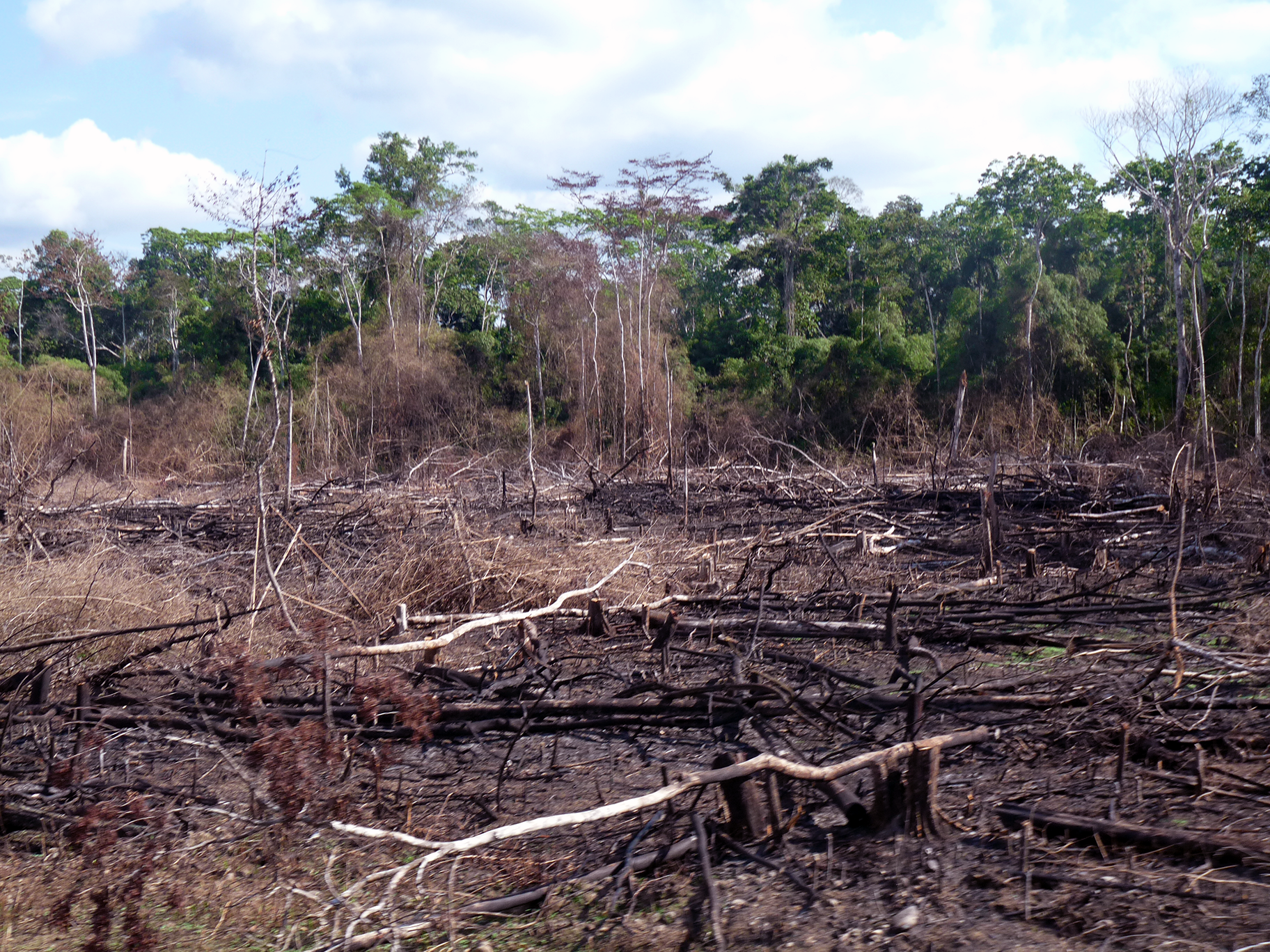
- Regional governments are critical for the development of a responsible agriculture that mitigates its negative impacts on forest areas.
Written by: Isabel Gonzales in collaboration with Greta Román
Lima June, 10th 2016.- Land use change (from forests to agriculture) is one of the major cause of greenhouse gases in the country, which explains the existence of many efforts aimed at mitigating this practice.
In an attempt to collaborate through analysis and discussion, DAR is currently writing a report explaining the causes of this problematic through the analysis of the main agricultural activities development procedures that affect forest areas currently in force.
This report includes a flowchart* that underlines the main procedures: 1) Soil analysis, 2) Authorization to change soil use for agricultural activities of public domain, 3) Allocation of forest state areas, 4) Environmental Impact Assessment, 5) Forest elimination authorization. At least 5 institutions intervene along these processes: MINAGRI, General Direction of Agricultural Environmental Issues, SERFOR, MINAM, Regional Governments (GORE) and soon the SENACE (when MINAGRI’s functions will be transferred to the SENACE).
One of the most striking aspects of the flowchart is that these processes are isolated and disconnected. Moreover, we observe that while trying to increase control over forest areas, some processes became even more complex. An illustrative example of this is the process N.2, that gives a major role to national level institutions (MINAM, SERFOR), bypassing the GORE (Forest and Wildlife Regional Authority)
The Peruvian-Norwegian-German Joint Declaration (DCI 2014) foresaw the regulation of new requirements and conditions for the authorization of land use change from forests to agricultural areas. This was considered in the Regulation on Forest Management- DS Nº018-2015-MINAGRI, of the Forest and Wildlife Law Nº 29763. However, this is not enough since specific guidelines remain undecided. There is a need for a holistic approach of the problem allowing an intersectoral articulation at various levels thus empowering the GORE that have, among their functions, competency forest and territorial allocation for the development of agricultural activities.
Furthermore, despite the fact that the new LFFS Nº 29763, establishes authorization to change soil use for agricultural activities of public domain (process 2) with the objective to reduce territorial allocation negative impacts on forest areas, the process 3 does not incorporate that as a previous requirement as it is reflected in the Regional Governments Unique Texts of Administrative Procedures- TUPAS.
This situation poses many challenges we must overcome as a country. Among them: clear and make transparent the procedures involved in the development of agricultural activities; clear the roles and functions of the competent institutions; implement effective coordination mechanisms; enhance effective coordination mechanisms already existent; enhance information systems to strengthen transparency.
Editorial note
DAR will soon share the Report that analyses these aspects, with which it intends to contribute to the discussion on the issue, thus helping for a better forest management.
*Link to download the flow shart (available in spanish) : http://bit.ly/1XLQmAZ
Thank you for the diffusion.
Follow us on Twitter: @ONGDAR / Find us on Facebook: PERU DAR

